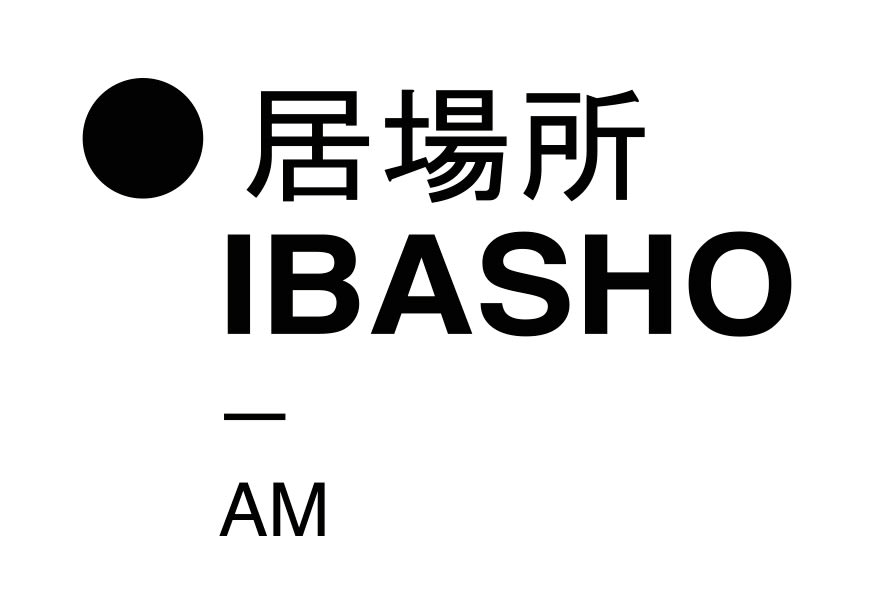“There is a crack in everything. That’s how the light gets in.” - Leonard Cohen
IBASHO is proud to present the group exhibition ‘Perfectly Imperfect’. This exhibition follows the museum exhibition ‘Wabi-sabi. Japanese aesthetics in photography and ceramics’ that was held in Japanmuseum Sieboldhuis Leiden, the Netherlands, and that has recently ended. Annemarie Zethof was the guest curator of the exhibition and author of the accompanying catalogue.
The museum exhibition has drawn many visitors and the catalogue sold out soon. Given this enthusiasm about wabi-sabi, IBASHO has decided to publish a second edition of the catalogue and to organise a smaller exhibition on the theme of wabi-sabi in her gallery. This exhibition will show works by all the artists that were part of the museum exhibition, but will show variations regarding the artworks.
In ‘Perfectly Imperfect’ the acceptance and appreciation of impermanence, imperfection and incompleteness of wabi-sabi is central. The artists in the exhibition are all influenced by this aesthetic concept in their own way.
In the work of the ceramists Shingo Ohira and Naoko Sano, the influence of wabi-sabi is noticeable in the organic shapes, the type of clay and the earthy colors of their objects. The technique of kintsugi - the mending of broken ceramics with gold lacquer - as shown in Showzi Tsukamoto’s ceramics is another expression of wabi-sabi.
Within photography some of the photographic artists translated the influence of wabi-sabi into their choice of subject or technique, as can be seen in the work of Rinko Kawauchi, Albarràn Cabrera, Werner Bischof and Naohiro Ninomiya, for example. Other artists printed their work on materials that breathe wabi-sabi. Mika Horie, Nobuyuki Kobayashi, Naoyuki Ogino, Keiichi Itō and Paul Cupido, for example, printed their images on handmade washi paper. The exhibition will also show works by artists using alternative printing techniques, including the use of natural materials and methods that result in imperfections, as can be seen in the cyanotype in Mika Horie’s work, the collages of Margaret Lansink, the salt prints of Naoyuki Ogino and Norio Takasugi’s screenprinting with silver and sulphur. Overall, however, It is the combination of the images and the way in which these images are presented with, for example, clearly visible imperfections or voids, that makes the artwork wabi-sabi-like, as can be seen in the work of Yamamoto Masao, Kajioka Miho and Casper Faassen.
At a time when everything has to be more beautiful, faster and better, this exhibition provides an opportunity for reflection and the personal experience of the Japanese aesthetic concept of wabi-sabi.
The exhibition will run from 4 February until 11 March 2023. The vernissage will be held on Saturday 4 February from 14:00 - 18:00.
The second edition of the catalogue ‘Wabi-sabi’ will be available in the second half of February 2023.

















